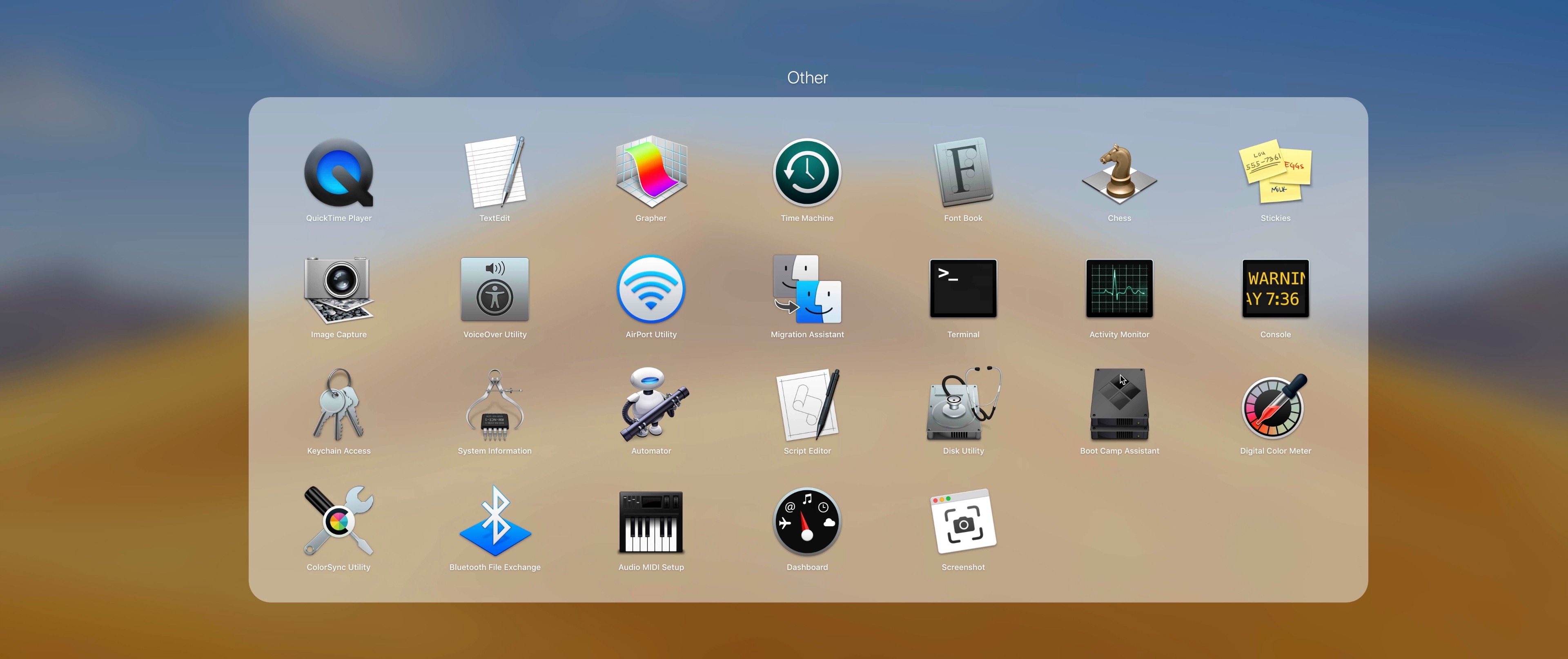
If you have an iMac Pro or Mac Pro with 128GB of memory (RAM) or more, your startup disk needs at least as much free storage space as your Mac has memory. Automatic Windows updates require that much space or more. Your Mac can have as little as 64GB of free storage space, but at least 128GB of free storage space provides the best experience.


Before you can install Windows 10, you’ll need the following: With Boot Camp, you can install Microsoft Windows 10 on your Mac, then switch between macOS and Windows when restarting. Using Boot Camp to Install Windows 10 on Your Mac So if you have an M1 Mac, you would need to purchase and install Parallels. You can’t use Boot Camp to install Windows on an M1 MacBook or Mac Mini. Boot Camp only works on Intel-based Macs. So, let’s focus on the free solution: Boot Camp.īefore we get rolling, please understand one caveat-Boot Camp is not supported on M1 Macs with Apple Silicon. You can either run Windows in Boot Camp for free (a common feature of the Mac operating system) or you can utilize a virtualization software package such as Parallels (for the price of $79.99 USD). To run Windows operating systems on a Mac, you have two choices. If you are teaching any sort of Microsoft Office application, you may have run into problems if you work on a Mac, particularly with Access as Microsoft does not offer a MAC version. When your Mac finishes starting up, you might want to open System Preferences and adjust settings that have been reset, such as sound volume, display resolution, startup disk selection, or time zone.Īfter doing this you can safely start using your Windows 10 installation via Bootcamp again.Corinne Hoisington is a Professor of Information Systems Technology at Central Virginia Community College (If you have a Mac that plays a startup sound when you turn it on, you can release the keys after the second startup sound.) Shut down your Mac, then turn it on and immediately hold down these four keys together: Option, Command, P, and R. Keep holding the keys for about 20 seconds, during which your Mac might appear to restart. To reset your NVRAM of your Macbook follow these instructions from the Apple website: You can find more about it on the Apple website here. The NVRAM is a small amount of memory which stores certain settings like sound volume, display resolution etc. To get it working again you have got to reset the NVRAM. So the only thing I saw on the screen was the blue logo like this: After several tries I started Googling for a solution, eventually I found a working solution which I will share with you guys. It was stuck on the blue Windows logo and nothing happened.

So now and then I use a Windows 10 installation on my MacBook Pro (13 inch 2015), but this time I wanted to use it but it didn’t boot.


 0 kommentar(er)
0 kommentar(er)
